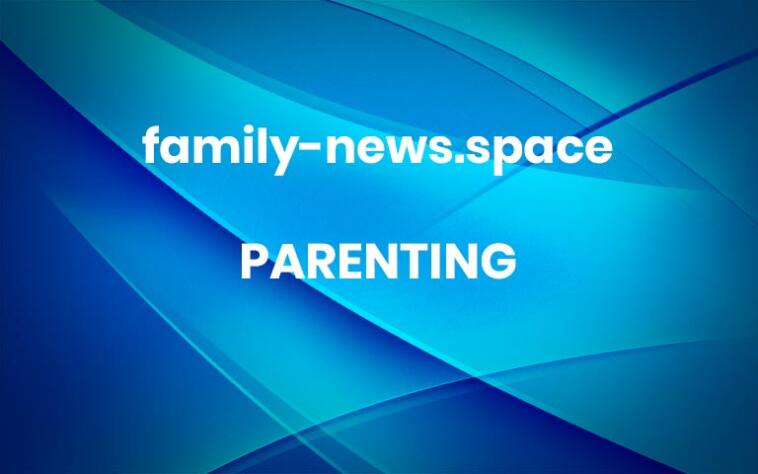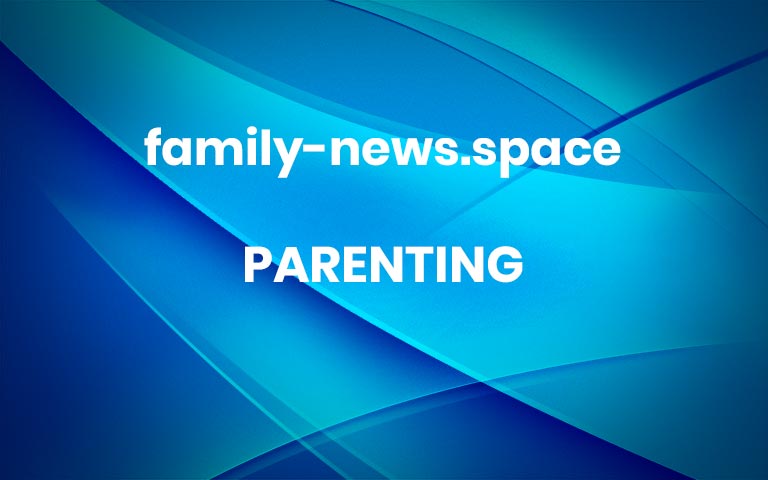Parenting Teen Boys- 10 Things You Should Know
The teen years can be a bit challenging for any parent. There is always a push and pull as your child is starting to assert their independence, sometimes through inappropriate, dangerous ways. While teenage boys still very much need your attention, parenting advice and rules, they probably won’t act like they want it. Parenting teen boys has its own special set of challenges.
As teenagers, boys often start to close up and stop talking to you the way they used to. They are testing things out to see how they work and the response they get. Teens can sometimes be in a rush to try and do new things. They’re starting to find their way in the world and naturally, they will often mimic behaviors they have seen. Some of this exploration is great and some of it may not be so great. The lessons they are learning will help shape them into the good men they will one day be, even if they don’t quite know what that means yet.
Parents are often left trying to figure out what they need to do to reach their teen sons. Teen Boys need to given an outlet to explore and grow in healthy ways. They should also be encouraged to get plenty of healthy exercise as a way to release stress and handle the extra testosterone that their teen bodies are not entirely used to yet. It is important for teenage boys to have clear boundaries. They also need to know they can come to you to talk about important issues or questions without being shamed.
These tips for parenting teen boys will help you stay close to them even as they start to become independent.
10 Tips For Raising A Teenage Son
Provide Action Oriented Feedback
According to Dr. Robin Alter, when parenting boys, “we must be more action oriented and less verbal.” He argues that boys tend to respect action more than just words. As parents, we can keep this in mind by demonstrating our own positive examples of the behavior we wish to see.
We can also use a more action oriented approach in asking for the behaviors we want that will demonstrate the quality we wish to see. For example, “Show me by your actions that you are sorry,” instead of a critical, “You are so irresponsible” without instructions for action to achieve being responsible.
In general, while parenting teen boys, remember you are trying to build them up. You want to show teens the ideals they should aspire to achieve. Don’t shout at, nag, or shame teenage boys. Instead, set clear expectations and offer encouragement. Have rules and do enforce the rules with reasonable consequences. Help them realize they can do better and they can show you that with how they handle the same situation next time.
Remove Entitlement
We often give our kids things because we think it’ll make them happy and make them love us more. In reality, it just creates a sense of entitlement and sometimes it even results in low self-esteem because they aren’t working to achieve things themselves. Instead, set boundaries for teens and make them work for what they want. Encourage them to get a part-time job to help pay for the car they want. They should do chores to help out around the house and be part of your family “team.” Working to earn money or even privileges teaches teenagers to have respect and responsibility for what they have.
Teach Empathy
Empathy is one of the core values that seems to be in short supply in our world these days. Teach teen boys that they don’t need to experience someone else’s pain in order to relate and understand. Discuss current events and local news stories. Ask them how these stories make them feel. Model good behavior and explain your feelings towards these same situations. Notice when they do nice things like pick up trash they didn’t drop or hold the door open. Commend them when they do things right so they know that their actions are noticed and appreciated. Tell them when they do a good job.
Don’t Look for Instant Compliance
Your teenage son is starting to have a life of his own and do things that are just as important to him as your activities are to you. It’s okay to ask him to do something for you, but don’t get upset when he doesn’t drop what he’s doing to comply instantly. Respect the fact that he needs a minute or two to finish what he’s doing. You can say something like, “when you finish texting your friend, please take the trash out.” Showing respect for them will help them to show more respect for you and others.
Be Flexible
It may be hard to accept, but your way may not always be the best way, and it is certainly not the only way. Shocking, I know! Sometimes, you have to let your child learn things for themselves. They may end up choosing your way as the best way in the end. However, let them try and fail and figure things out for themselves on small things. Learning that it is ok to fail and to always try again is an important life lesson. Be open to looking at things from a different viewpoint, hearing what your teenage son has to say, and trying to see their point of view. They might even have a better way, on occasion!
Coping With Emotions And Aggressive Behavior
All teenagers can be subject to mood swings as they are experiencing new feelings and subject to new hormonal levels. Boys in particular are experiencing higher levels of the testosterone hormone. While this is great for their physical changes it can cause behavioral differences.
Studies show that “During human puberty, there is an approximate 30-fold increase in testosterone production in boys. This increase is often linked to changes in mood and behavior in adolescence such as aggression, an increase in risk taking, and depression.” It is important to know this is going on and is normal. However, that does not mean that negative behaviors (especially aggressive behaviors) should be overlooked. In fact, it means that we should take extra care to help boys express their emotions find healthy ways of coping with these emotions.
Stanford research shows that “The rational part of a teen’s brain isn’t fully developed and won’t be until age 25 or so.” Teens tend to process information in the amygdala with more emotional playing into their decisions. Parents ,as authority figures, are the most important role models in a child’s life. They can help by encouraging them and showing them how to think things through in a rational way. Stanford suggests, “Remind your teens that they’re resilient and competent. Because they’re so focused in the moment, adolescents have trouble seeing they can play a part in changing bad situations. It can help to remind them of times in the past they thought would be devastating, but turned out for the best.”
Talk About The Pitfalls Before They Happen
We all know that the teenage years have typical pitfalls such as peer pressure, drugs, alcohol, or running with the wrong crowds. It is important to talk about these things before they come up. They should know your expectations and have clear rules. They should understand the possible consequences of risky behaviors and poor decisions. There should be a clear understanding that you will take away privileges if they break rules.
Talk To Them About Girls
Adolescence is a time of change and undoubtedly, they will begin to pay more attention to girls than ever before. They need to understand how to treat teenage girls like ladies. They should understand the basics of behaving like a gentleman. Parents also need to have a dating and sex talk with their boys. Do not assume your teenage boys know everything until you tell them. Help them learn what healthy relationships look like. Talk about your expectations, discuss dangers of getting swept away, set limits, and answer their questions.
Help Them Plan, But Don’t Do It For Them
When parenting teen boys, it can seem like you need to run the show to make sure the right things happen. If your son seems lazy to you, remember that they are going through a lot of change. They need to be empowered to believe in themselves. Clinical psychologist Adam Price is the author of a helpful book that provides great strategies to reduce your involvement while encouraging theirs.
Yes, this is a big time for teenage boys. The high school years are important years and they will begin to think about colleges and career paths. Help them with this process BUT respect that they need to be in charge. This is your son’s life and they need to be able to be an active participant, not just sitting in the passenger seat. As they become young adults, you need to be handing over the reins and watching to make sure they know how to use them!
Just Listen and Notice Changes In Behavior
Your son probably already knows many of your opinions on the world. Teens already know that you want them to pick up their dirty socks, and what’s expected of them in school. What they really need from you is someone that will just listen. Make time for them, whether it’s early in the morning as you’re having breakfast together, or late at night when the rest of the house is asleep. Take time to ask about them. Ask teen boys what they think about things, what they want for themselves, what might be upsetting them or making them happy. Create a safe space for them to feel heard and understood.
And while you are listening you are making them feel heard and important. You are showing them you care. You are teaching them how to be good listeners. Furthermore, you are also creating a good baseline on their feeling and way of communicating. If there are sudden changes in behavior, you are more likely to notice them. You can ask about how things are going and make sure they know they can talk to you about anything.
Parenting Tips For Teenage Boys Conclusion
My best advice is to make sure you are spending quality time with your teen boys. This sets the stage for close relationships with open discussion. These are your last years with your son in your house. Cherish them. Take the opportunity to impart important life lessons as they come up. This is a good time for parents of teens to stay involved in their son’s everyday life. Yes, they are forming their own identity but they still need your guidance and support during this often stressful time.
Parenting teen boys can be a challenge. However if you keep the lines of communication open and you show them the same respect you want them to show you, it will become easier on both of you. They need to be encouraged not discouraged. It will make for a better relationship and the entire family will stay stronger and more resilient.
Related Posts:
Teen Driver Safety And Ways to Prevent Teenage Driving Accidents
5 Ways For Teens To Earn Money
10 Signs Your Son Is Growing Up Too Fast! More



